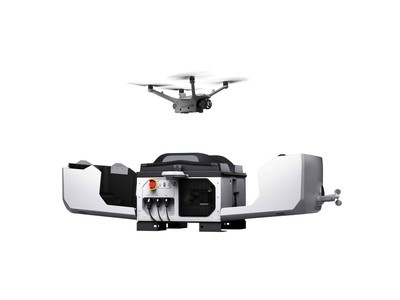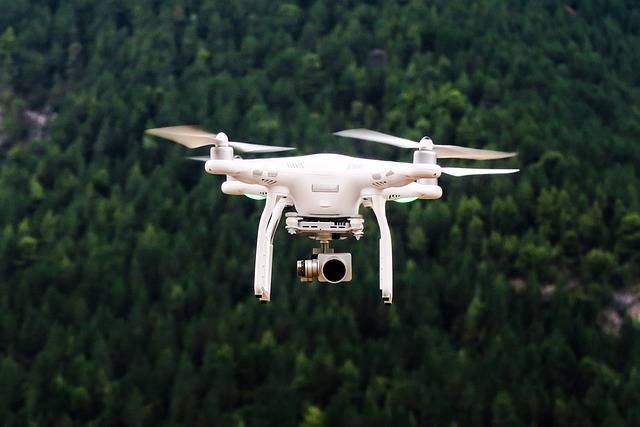The world of VTOL drone technology is revolutionizing the way we approach aerial vehicles. Short for Vertical Take-Off and Landing, VTOL drones are designed to lift off and hover like a helicopter while maintaining the aerodynamic efficiency of an airplane. This hybrid functionality makes them incredibly versatile, whether used for surveying, delivery, or defense purposes.
What Makes VTOL Drones Stand Out?
One of the key advantages of VTOL drones is their ability to operate in confined spaces where traditional aircraft cannot. Thanks to their innovative engineering, these drones can take off vertically without needing a runway, making urban and remote areas more accessible. The integration of cutting-edge technologies such as GPS, sensors, and AI ensures precision and reliability in operation, thereby enhancing mission success and efficiency.
These drones are often outfitted with advanced imaging technologies that enable operators to capture high-definition aerial photographs and videos with ease. Additionally, their ability to hover in place allows for extended observation and data collection, crucial for sectors like agriculture, construction, and environmental conservation.


Applications of VTOL Drones
VTOL drones have become integral in a myriad of industries. In agriculture, they assist in crop monitoring by providing detailed imagery that helps farmers improve yield predictions and identify pest problems before they escalate. In construction, they provide aerial assessments of building projects, enabling real-time progress tracking and safety evaluations.
Moreover, the ability of VTOL drones to be equipped with various payloads such as delivery packages has opened the door for commercial use. Companies are leveraging these drones for rapid delivery of goods, minimizing transit time and enhancing customer service experiences.
Defensive operations have benefited significantly from VTOL drone technology. Their quiet operation and ability to access tough terrains make them ideal for surveillance missions, border security, and search and rescue operations. Equipped with infrared and night-vision technologies, these drones can perform reliably under diverse conditions.
Challenges and Solutions
The deployment of VTOL drones involves overcoming challenges such as battery life and payload capacity. However, ongoing research focused on enhancing energy efficiency and propulsion systems is promising. Innovators are introducing solar-powered models and lightweight materials, allowing longer flights and heavier loads, effectively addressing the limitations of earlier models.
Future Trends in VTOL Technology
Looking ahead, dgyzxlh VTOL drones are poised for even greater advancements. From autonomous navigation to swarm technology, these drones promise enhanced control and coordination. The potential integration of 5G connectivity will significantly boost operational flexibility, enabling more intricate and synchronized drone networks.
Frequently Asked Questions
How do VTOL drones differ from regular drones?
Unlike regular drones that require runways or catapults, VTOL drones can take off and land vertically, similar to helicopters, making them suitable for varied landscapes and tight environments.
What industries benefit the most from VTOL drones?
Industries such as agriculture, construction, defense, and logistics greatly benefit from VTOL drone technology due to its versatility and advanced operational capabilities.
Are VTOL drones environmentally friendly?
Many models are becoming more eco-friendly with solar power options and reduced noise pollution, contributing to sustainable practices.